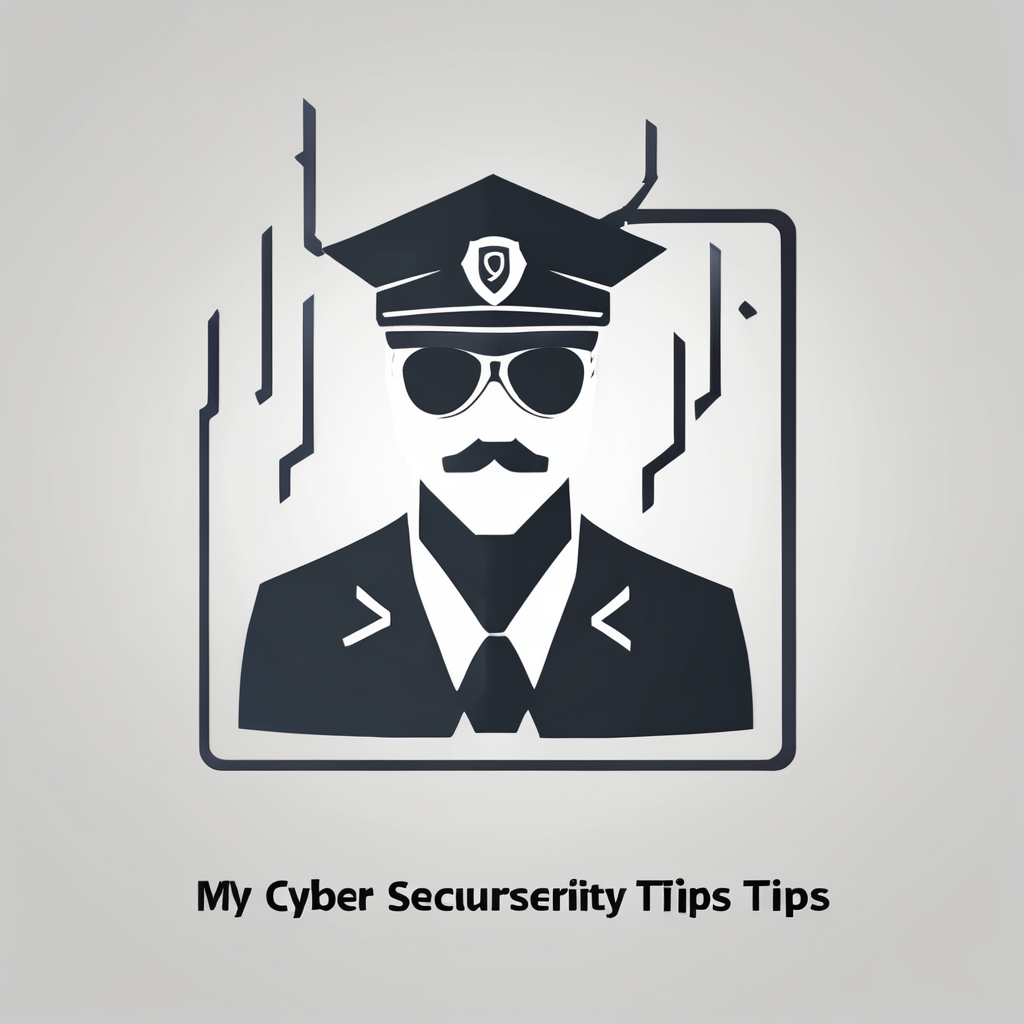Introduction to Streaming on Twitch Using Lenovo Legion 5
Twitch streaming has surged in popularity, transforming from a niche activity to a mainstream platform for sharing live content. This rise in digital entertainment offers gamers and creators a unique way to connect with audiences worldwide. Above all, Twitch stands out for its interactive features, allowing viewers to engage directly with streamers through chat and other interactive elements.
The Lenovo Legion 5 is a powerhouse choice for those venturing into Twitch. Boasting high-performance specifications, it ensures smooth streaming and gaming experiences. The Legion 5 is equipped with robust graphics capabilities and a solid CPU, minimizing lag and offering seamless gameplay presentations. These features make it a suitable option for both new streamers and experienced broadcasters looking to enhance their setups.
Additional reading : Mastering music production: the definitive blueprint for crafting your custom pc for fl studio
Another essential tool in the streaming arsenal is OBS Studio, known for its versatility and user-friendly interface. As an open-source software, OBS Studio provides streamers with a variety of customization options, from scene transitions to overlays. Its importance cannot be overstated, as it effortlessly captures and streams complex gameplay, ensuring that broadcasts are high-quality. Together, the Lenovo Legion 5 and OBS Studio create a dynamic duo, supporting content creators in producing engaging and professional streams.
Preparing Your Lenovo Legion 5 for Streaming
Before diving into streaming on your Lenovo Legion 5, it’s crucial to ensure that your system meets the necessary Twitch streaming requirements. Generally, Twitch recommends a system to have at least an Intel Core i5-4670 processor (or equivalent), 8GB RAM, and Windows 7 or newer. Surpassing these minimums with proper Lenovo Legion 5 setup enhances streaming performance significantly.
In the same genre : Essential tactics for protecting your synology ds920+ nas data integrity during power interruptions
To verify your specifications, check your hardware through the System Information. On Windows, you can simply press Windows key + R, type in msinfo32, and press Enter. This will display detailed information about your processor, RAM, and system type.
Hardware optimization is another vital step. If the current specifications are on the lower end, consider upgrading the RAM and storage. Upgrading to at least 16GB RAM can ensure smoother multitasking and streaming sessions. Increasing SSD storage can vastly improve load times and overall system responsiveness.
By confirming that your Lenovo Legion 5 setup meets and, ideally, exceeds these requirements, you’ll achieve a more efficient and enjoyable streaming experience. This preparation minimizes the risk of performance issues during your streams.
Configuring OBS Studio for Optimal Performance
To unleash the full potential of your Lenovo Legion 5 with OBS Studio, begin by ensuring the software is properly installed. First, download the latest version from the official OBS website and follow the installation prompts. The straightforward process will guide you through essential setups, making your streaming journey effortlessly intuitive.
Once installed, optimize your settings to elevate your Twitch streaming experience. Access the settings panel in OBS Studio, and navigate to ‘Video’. Here, adjust the base resolution to match your monitor’s display, while setting the output resolution to 720p for a smooth balance of quality and performance. In the ‘Output’ section, choose the advanced mode to tweak streaming parameters; a bitrate of 3000-6000 kbps is generally effective for maintaining a stable stream.
Creating engaging content hinges on well-crafted scenes and sources. Start by creating a new scene in OBS Studio and add various capture sources like Game Capture for gameplay, Display Capture for on-screen content, or Video Capture Device for webcam integration. Practice switching between different scenes to keep your audience engaged and your streaming configuration dynamic. Fine-tune these elements for a distinctive and captivating streaming experience.
Internet Connection and Bandwidth Requirements for Streaming
To enjoy smooth streaming, having the recommended internet speed is crucial. Speeds ranging from 5 Mbps for standard quality to 25 Mbps for 4K or UHD streaming are generally advisable. Higher speeds may be required for uninterrupted streaming when multiple devices are coupled to the same network.
Testing your internet speed is a simple, yet effective step towards ensuring optimal streaming experiences. Online speed tests like Ookla’s can quickly reveal if your current internet speed meets the necessary requirements. The further difference in bandwidth from what you expect may point towards connectivity issues.
Improving internet connection includes several connectivity tips, such as reducing the number of connected devices and repositioning your router for better signal spread. Additionally, consider upgrading your router to newer models supporting improved bandwidth allocations.
Optimizing Wi-Fi settings further enhances streaming quality. Placing the router in a central location, reducing electronic interferences, and switching to different Wi-Fi channels can significantly improve performance. Use “5 GHz” for bandwidth-demanding tasks as a straightforward solution. Finally, enabling Quality of Service (QoS) settings allows for prioritizing streaming traffic and ensures an improved user experience. By adopting these strategies, buffering and lag can be minimized, securing a hassle-free streaming experience.
Stream Quality Enhancements and Performance Tips
Improving your stream quality is crucial for delivering a pleasant viewing experience. Let’s dive into a few essential settings and performance tweaks you should consider. Start by configuring settings in software like OBS (Open Broadcaster Software), which offers various streaming settings. In OBS, setting your resolution and bitrate to match your internet speed is vital for optimal quality.
Hardware acceleration can significantly enhance performance during streaming. By enabling this feature, you leverage your GPU’s power, reducing the load on your CPU. This approach is particularly beneficial if your computer isn’t top of the range but you still aim for high-quality streams.
Keeping an eye on your system’s performance is another critical aspect. Monitoring your CPU and GPU usage while streaming helps to identify bottlenecks. High usage levels, for example, may lead to frames dropping and reduced stream quality, signaling the need to adjust settings or consider hardware upgrades.
Ultimately, balancing settings, hardware acceleration, and monitoring usage can provide smoother streams and high quality. Adopting these practices ensures that viewers experience enhanced clarity and engagement during your broadcasts.
Troubleshooting Common Streaming Issues
When it comes to streaming issues, one may face several OBS errors that disrupt the seamless streaming experience. Common problems include lagging, dropped frames, and audio-visual mismatches. Let’s delve into how these can be resolved.
Lag and Dropped Frames
Lag and dropped frames are often caused by insufficient bandwidth or hardware performance. To enhance streaming quality, ensure your internet connection is stable and has adequate upload speed. Reducing the stream resolution in OBS can also aid in minimising these disruptions.
OBS Log Files for Error Diagnosis
OBS log files are invaluable for troubleshooting. These files detail what might be going wrong during a stream. To access them, navigate to the ‘Help’ menu in OBS, then ‘Log Files’, and ‘View Current Log’. The logs provide detailed information about any software conflicts or errors your system is experiencing. By analysing this data, you can adjust settings or update drivers to fix specific streaming issues.
By systematically addressing these common challenges and taking advantage of OBS’s inherent diagnostic tools, streamers can significantly enhance their streaming performance while minimising OBS errors like lag and dropped frames.
Visual Aids and Resources for Further Guidance
In the expansive world of streaming, finding the right resources can make all the difference. When it comes to mastering OBS streaming, video tutorials are invaluable. These guides visually demonstrate everything from basic setups to advanced customisations, ensuring a clearer understanding of complex processes. Streaming resources like YouTube and specialized platforms offer a wide range of tutorials tailored to various skill levels.
Beyond individual study, engaging with online community forums is a crucial step. Forums such as Reddit’s streaming communities and Twitch’s own user groups foster an environment where streamers can share experiences and solve common issues collectively. These platforms are teeming with both novice and veteran streamers eager to offer advice, providing a robust support system for those navigating the streaming space.
For those seeking ongoing learning, numerous additional resources are available. Websites dedicated to streaming often publish articles, host Q&A sessions, and provide updates on the latest streaming technology trends. Regularly visiting these sites ensures that streamers remain informed and agile in a rapidly evolving landscape. Thus, leveraging video tutorials, engaging with community forums, and accessing continuous learning materials are pivotal steps for any streamer committed to improving their craft and enhancing their viewer experience.











